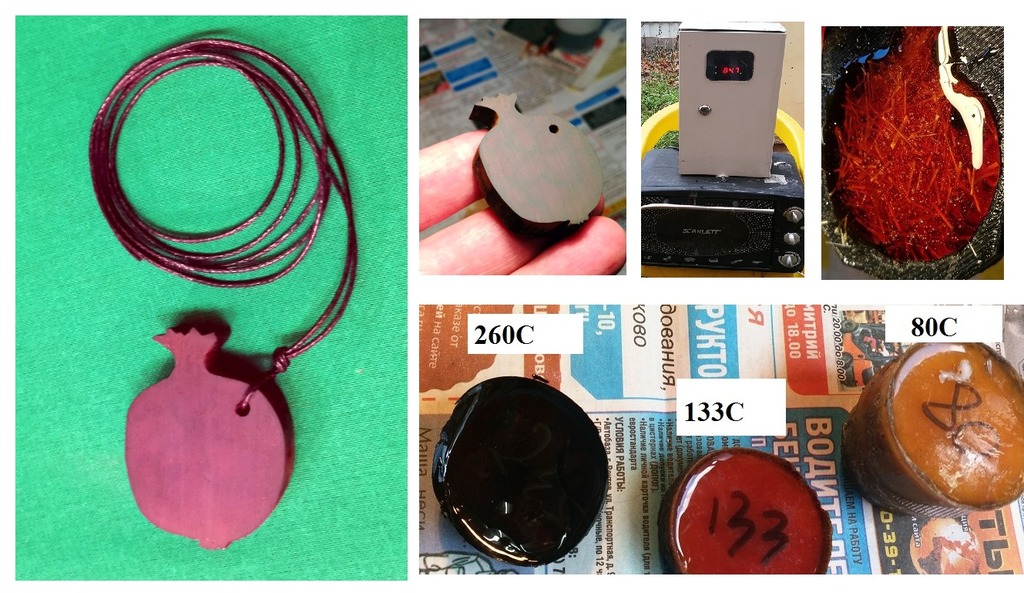
Bakelite Jewelry (3d printed)
thingiverse
Bakelite is an early plastic material that has stood the test of time. Formed from a condensation reaction between phenol and formaldehyde, it's a thermosetting phenol formaldehyde resin. Belgian-American chemist Leo Baekeland developed Bakelite in 1907 at his laboratory in Yonkers, New York. As one of the first plastics created from synthetic components, Bakelite gained popularity for its electrical nonconductivity and heat-resistant properties. Used extensively in electrical insulators, radio casings, telephone casings, kitchenware, jewelry, pipe stems, children's toys, and firearms, Bakelite proved to be a versatile material. Its retro appeal has made old Bakelite products highly collectible today. Bakelite jewelry was particularly popular during the Art Deco period, which started in 1909 and lasted until the 1940s. These pieces were designed as costume jewelry to enhance clothing or outfits without breaking the bank. The designs were highly sought after during the heyday of the Art Deco era and remain popular today. The late 1930s marked the peak of Bakelite jewelry, with many designers working with the material to create stunning pieces. Mass merchandise stores like Sears and Roebuck sold these designs in large quantities. However, famous names like Chanel and Van Cleef and Arpel also created Bakelite jewelry. Interestingly, Leo Baekeland allowed the patent to expire, which led the Catalin Corporation to purchase it. They began creating their own Bakelite jewelry, marketed as Bakelite-Catalin, and sold it in high-end stores like Saks Fifth Avenue and smaller stores like Woolworth’s. Bakelite jewelry came in a variety of colors, with brown, green, red, and white being the most popular choices.
With this file you will be able to print Bakelite Jewelry (3d printed) with your 3D printer. Click on the button and save the file on your computer to work, edit or customize your design. You can also find more 3D designs for printers on Bakelite Jewelry (3d printed).
